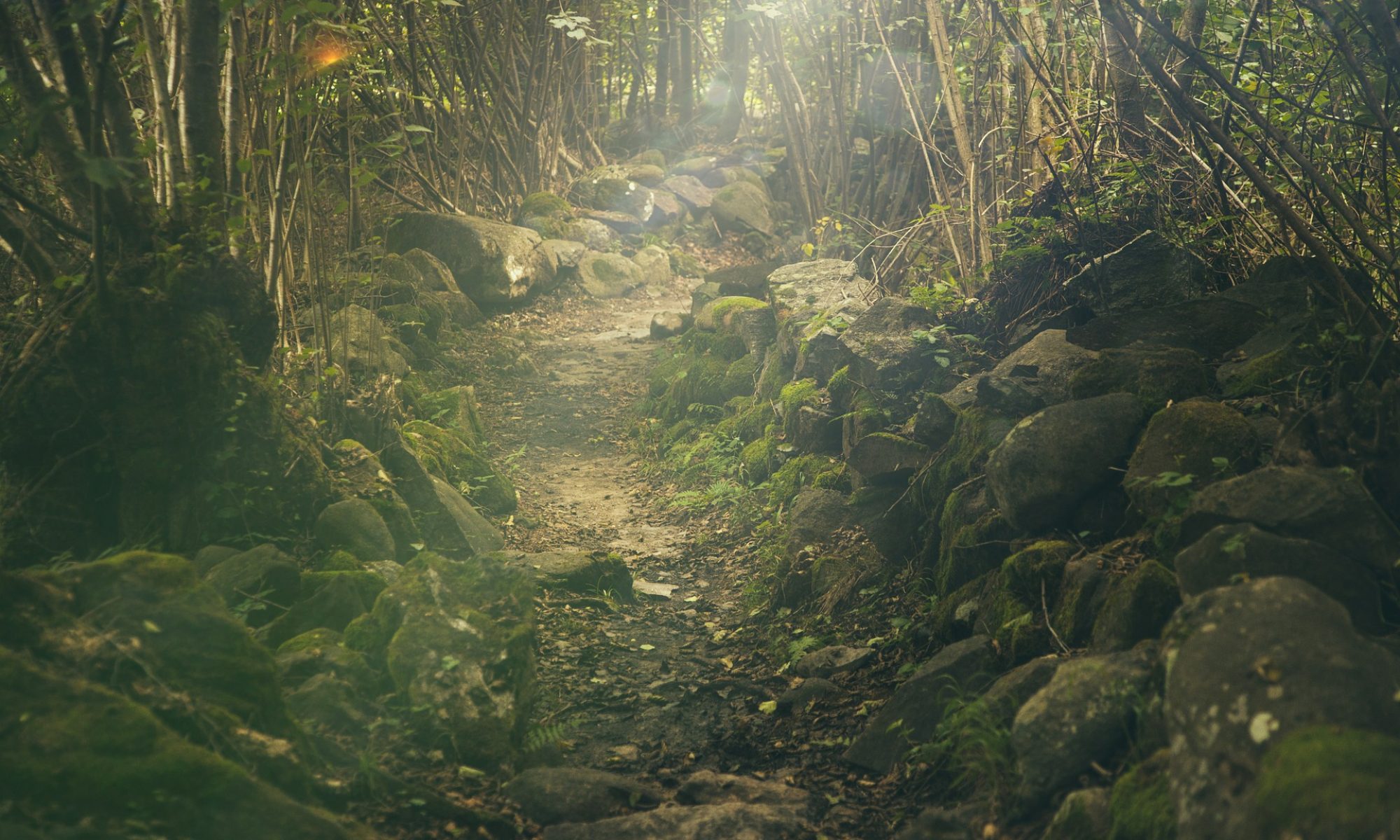I’m having fun with this, even as I’m learning how much I don’t know. Then again, I’ve always thought it was more fun to be a beginner because you’re not expected to know much. If you screw up, somebody will laugh and show you a better way or the proper way, if there is one. Once you’ve been taught, though, you’re responsible for knowing what to do, and that’s what I’ve always found difficult to handle. Naturally, that’s the space I’m in right now.
So, let’s talk about the thing I’m a total beginner at.
The blisters I thought were no big deal lasted a good 10 days. The skin still isn’t totally healed, but at least my thumbs don’t hurt anymore.
I opted to buy a better knife. I’d been using my husband’s secondhand Leatherman, and it’s never been sharpened since he owned it. I did a little research on whittling knives — I could have sharpened the Leatherman and kept using it, but it bothered me to make a magical tool with a borrowed knife — and I chose an Opinel No. 7 with a carbon steel blade, which I’m very happy with so far. I also bought mineral oil to keep the blade in good condition (they tend to rust and pit if they stay wet for even a few hours) and a sharpening stone, though I haven’t needed to use it yet. I also appreciated that if I’m good at sharpening the blade, I can use this inexpensive knife for decades, but if I completely screw it up, I’ve still screwed up my tool but I didn’t pay a lot of money to do it.
I watched a few videos that showed different kinds of whittling cuts. This, plus the actual hands-on whittling, reminded me that I’ve done this before — at least, I was able to take a knockoff Swiss Army knife and sharpen random sticks to a point to cook hot dogs over a campfire. I mean, I’m not doing advanced carving here.
Whittling Basics – D-I-Why Not? from www.KORDUROY.tv on Vimeo.
So, I’ve got my sticks, my knife (and mineral oil for the knife), fine-grit sandpaper to smooth the surface, and my linseed oil to finish it.
I started with the smallest maple sticks, thinking I’d make wands for the kids and be sure I knew what I was doing. It took me about 45 minutes to carve the bark from the first stick, cut off one splintered end and roughly round it off, and sharpen the other end to a dull point (here, it helped that I had a wand tip I wanted to imitate). The second stick took me maybe 15 minutes to do the same. Then I sanded both with 100-grit sandpaper. This took maybe another 15 minutes.
I’d say I don’t quite know how to put into words what I learned during this process, but the point of this blog is to try, so here goes: I saw the layers of the wood and learned how to take off only the dark brown parts. I learned how to make long, slow cuts, in the direction of the grain, and saw the grain appear as I carved and shaped. How to hold the blade at a small angle, like peeling potatoes with a paring knife; these were thin sticks to start with, and they ended up thinner when the bark was gone. I’d say they started as the size of my index finger and ended up the size of my pinky. I tried the different cuts that I saw on videos, especially the channel cut, which I used to shape the rounded ends. At some point in the process, it began to make sense, and I relied on my intuition to shape the final product. It wasn’t hard anymore — I mean, it was pretty simple to start with, but I can certainly make things harder and more fraught than they need to be — and I was more confident in reaching for what I needed.
The next step is 220-grit sandpaper, and if I’m happy with how smooth that is, I’ll start putting on coats of linseed oil over time.
However, I think that the bigger stick I picked up for a staff isn’t going to end up thick enough to use for that purpose, so I’ll probably cut a thick segment out of the middle to make my wand. With photos of the process, maybe.

One Reply to “Wands update”